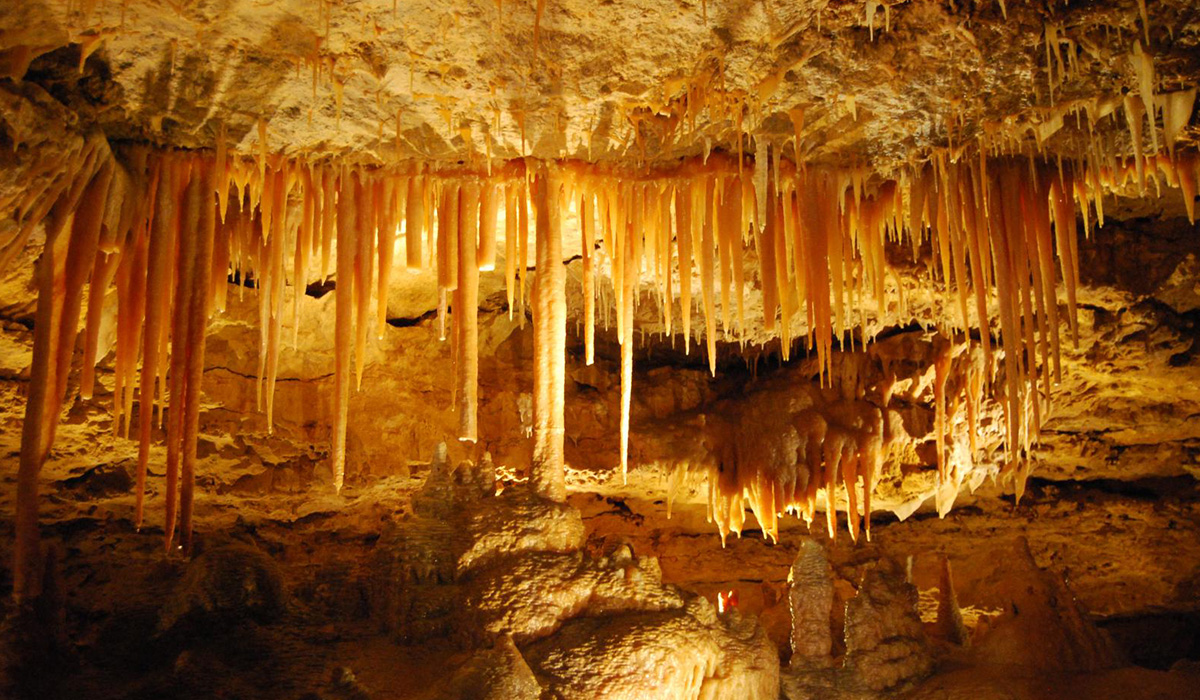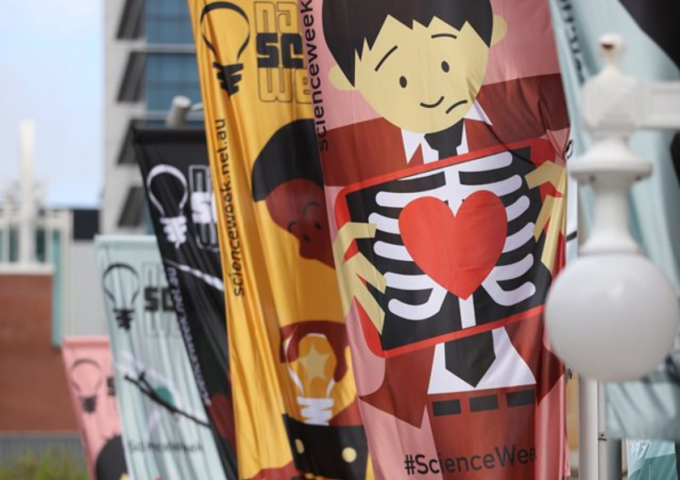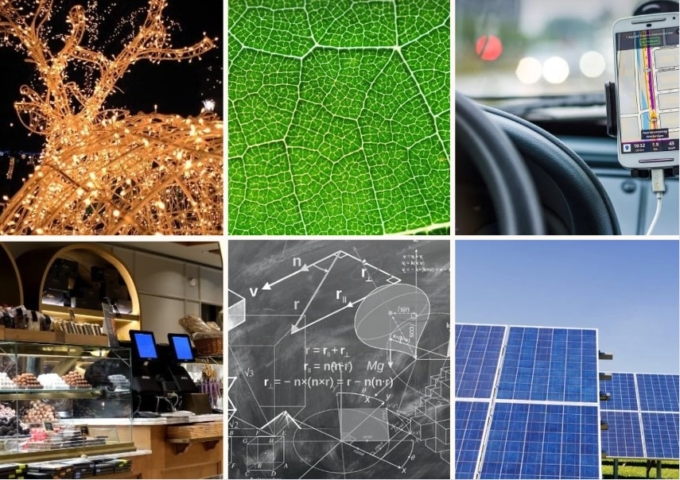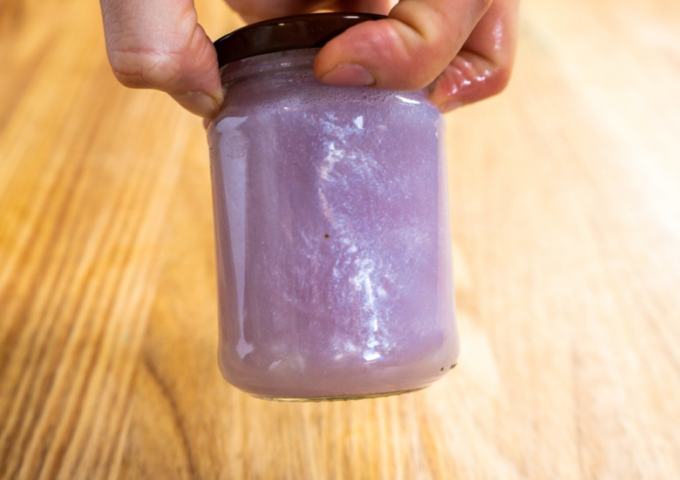Have you ever wondered what happens to animals after they die? Or why some animals become fossils and others don’t? Join palaeontologists as they uncover the answers to these questions and more.
Palaeontologists and detectives have a lot in common – they both use clues from the past to help solve mysteries. For palaeontologists, many of these clues come from fossils, which are the preserved remains of animals and plants that lived and died a long time ago. The clues hidden within these fossils can tell us a lot about prehistoric animals, including what they looked like, what they ate and how they moved. These clues can also tell us what happened to prehistoric animals after they died – a field of palaeontology called taphonomy (the “laws of burial”).
When we study taphonomy we can learn how animals died and sometimes even learn the identity of the killer – just like detectives! We can also learn about the transportation of animal bones and the environment in which they were buried.
The caves at Naracoorte are the perfect place for palaeontologists and taphonomists to gather clues about prehistoric life (and death). For hundreds of thousands of years, these caves have been collected the remains of iconic Australian animals, including extinct megafauna like Diprotodon and Thylacoleo. Many of these animals either fell into these caves or were carried in by predators. The caves also helped to protect and preserve the remains of these animals by sheltering them from damaging processes on the surface of the land.
Tune into this family-friendly livestream beamed to you directly from the Naracoorte caves themselves.







